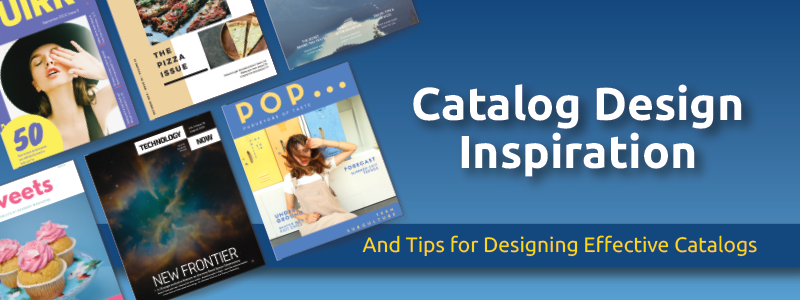
Catalogs are such an important marketing tool. Not only do they generate a higher response rate compared to email, social media, and paid search ads combined, but they are also preferred by the majority of today’s consumers.
However, to get the most out of your catalog marketing campaign, you’ll need to create an effective catalog design.
With multiple pages it can be easy to get lost in the process which is why we put together some helpful catalog design tips and catalog design inspiration so you can optimize the design of your catalog for better results.
Inspiration + Tips for Designing Effective Catalogs
1. Figure Out the Purpose of Your Catalog
Before you begin designing your catalog, you want to make sure you have a clear idea of what your catalog's purpose is.
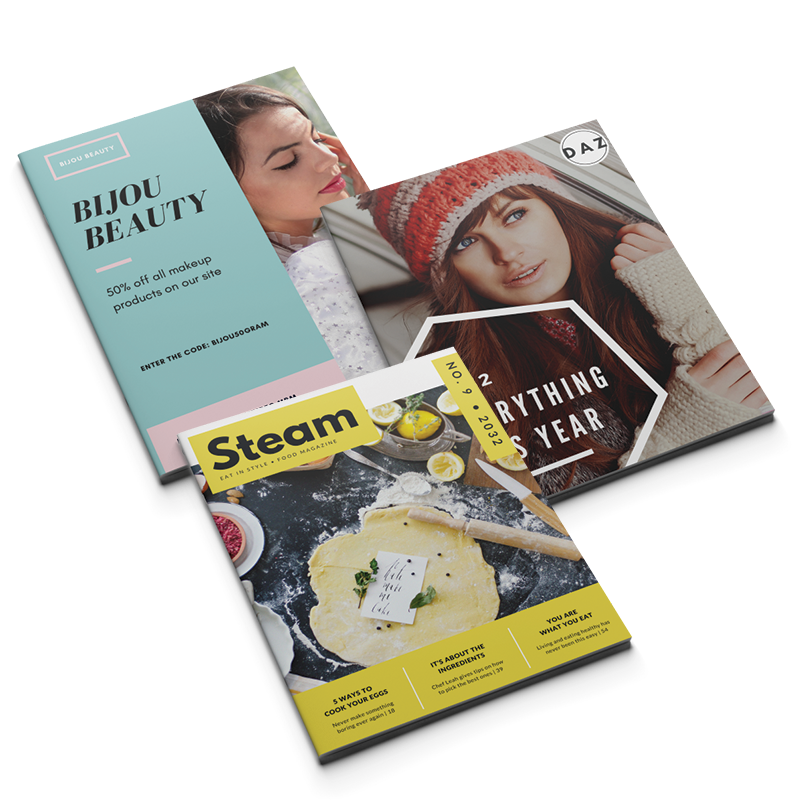
Depending on the type of catalog you choose, it will help you determine the best layout for your catalog design. For example, product catalogs typically include a lot of imagery, and you can categorize your products while also highlighting your most profitable products with larger images and bold text.
Informational catalogs on the other hand are typically more text heavy which you can keep interesting with design elements that break up your text and provide an easier layout for your audience to engage with.
Once you know the type of catalog you will be designing, create an outline of everything that will be included within your catalog, from the table of contents to the introduction to the final pages. Organizing and laying everything out will help you design each page with ease.
2. Consider Your Audience
Your audience needs to be on top of your mind even when you’re outlining your catalog content.
You want everything from the colors, flow, energy, message, images etc., to align with the views and feelings of your audience.
A good rule to follow is to match your design with your brand. This not only helps you with brand consistency, but your brand most likely already aligns with your audience. For example, if you sell organic cosmetics, your logo probably uses an organic style and color pallet to represent its message while attracting an audience who cares about how the products they use are made. So, use those colors, organic shapes, and messaging within your product catalog design.
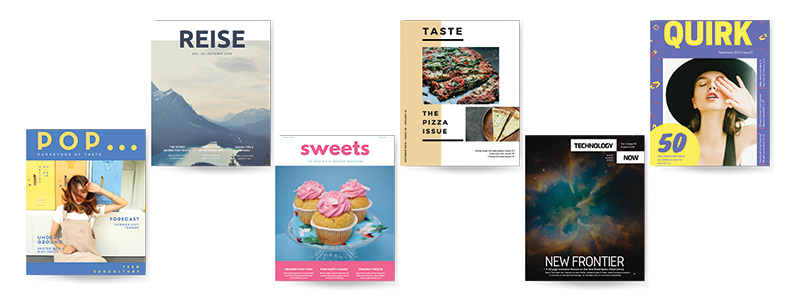
3. Choose the Right Size and Format
Choosing the right catalog size and format is essential.
The average catalog is typically 8.5x11 and the binding is usually stitched in portrait style. This is a good option for catalogs that are meant to be kept forever as they display nicely on a bookshelf or in a magazine rack.
However, depending on the purpose of your catalog, other sizes and binding options can add an advantage to your catalog.
For example, if you’re handing your catalogs out at an event or trade show, you can opt for a smaller catalog like a 5.5x8.5 catalog so it’s easier for your audience to carry around. Or if you’re looking to really make the images within your catalog stand out, you can use a larger catalog like a 9x12 catalog to make a huge impact.

4. Keep Your Design Consistent
One of the most important design tips for designing catalog is consistency.
Consistency within your catalog design refers to two things: make sure it’s consistent with your brand and make sure the pages all consistently flow together.
To begin, you want your catalog design to match the style, tone, and message of your brand. This includes using any specific fonts and colors your company uses to identify its brand.
You also want to make sure each page within your catalog works together as one whole.
This means you want each page to have a common denominator like using the same colors on each page. Even if 5 pages are promoting your apparel products and another 5 pages are promoting your home essentials you still want those pages to look like they are from the same catalog.
You can play with colors and add emphasis to certain pages by reversing colors. For example, one page could have a white background with black and yellow font, while another could have a black background with white and yellow font.

5. Know the Importance of Imagery and Image Resolution
Although some types of catalogs are more image-heavy than others, images are still a particularly important part of your catalog design.
You want to choose images that enhance the copy of your catalog and relate to your audience. You also—which is especially important for product catalogs—want to make sure all images work together.
The best catalogs use consistent, relatable images as well as images of high resolution. This means your images need to be at least 300 DPI in resolution and large enough to not appear blurry when printed.
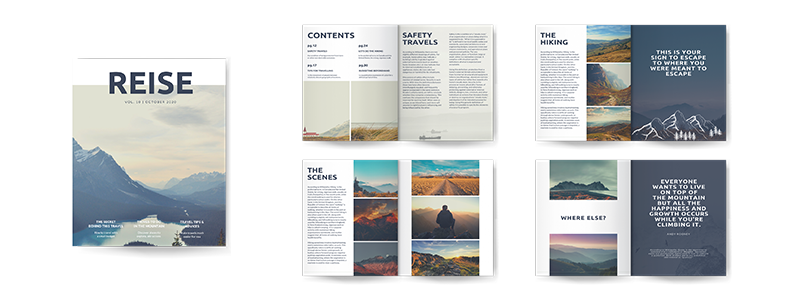
6. Don’t Be Afraid to Get Creative
Your catalog should inspire your audience while enticing them to keep flipping from page to page.
To do this, you’ll need a message and images that are relatable and interesting to your specific audience, but you also need to get creative and create a catalog that stands out and shows your audience that your brand is different, it’s the best.
Show your audience through your messaging and design elements, how your products or services are not only the options they want but need.
What makes your brand special? Is it your modern style with affordable prices? Are you a family-owned business that puts the needs of your customers first?
Use borders, shapes, colors, patterns, a velvet or gloss finish that gives your catalog design a fresh and unique style that speaks to your audience and gives value to your brand.
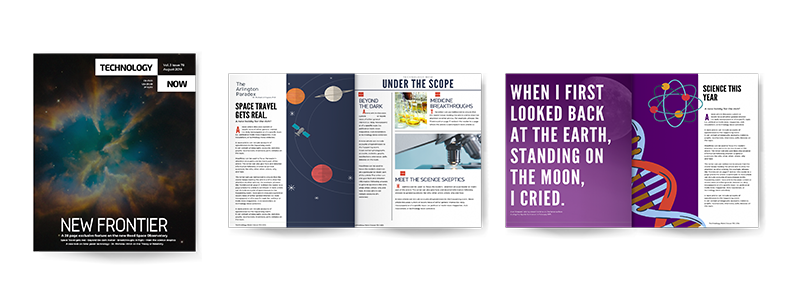
7. Keep It Organized
Keep your catalog design organized with enough negative space to break up text and design elements so it’s easy to read and easy for your audience to absorb the information. You don’t want your catalog design to become overwhelming or cluttered.
Once you have a specific theme and color palette, stick with it from the front cover to the back. You want each page to flow together cohesively. You also want to make sure similar items are grouped together. For example, if you own a furniture store, group your living room items together, your bedroom items together, etc., so it’s easy for your audience to navigate to the products they are most interested in.
Now that you’re inspired to create the perfect catalog, it’s time to get started on your catalog project! Visit our printing solutions page by clicking below and tell us what you're looking for with your catalog project today!
Get Started Today!









